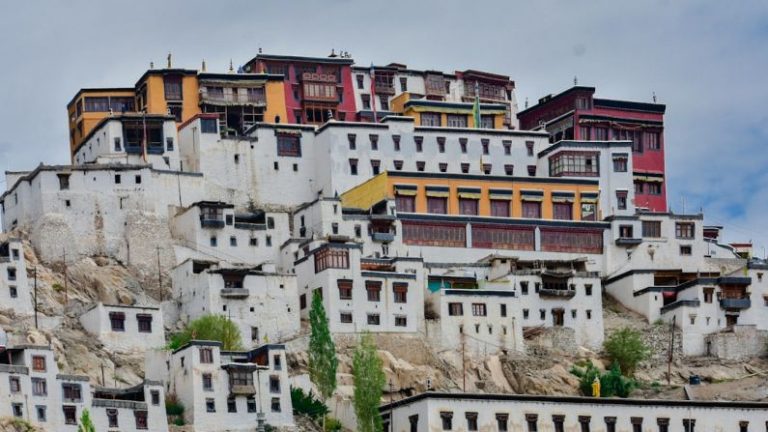What Are the Unesco World Heritage Sites in Brazil?

Brazil, the largest country in South America, is not only known for its vibrant culture, stunning landscapes, and lively festivals but also for its rich history and heritage. The country is home to a diverse range of natural and cultural landmarks that have been recognized by UNESCO as World Heritage Sites. These sites offer a glimpse into Brazil’s past and present, showcasing its unique blend of indigenous, colonial, and modern influences. Let’s explore some of the UNESCO World Heritage Sites in Brazil that are definitely worth a visit.
**Historic Centre of Salvador de Bahia**
The Historic Centre of Salvador de Bahia, located on the northeast coast of Brazil, is a beautifully preserved colonial city that was once the capital of the country. This historic center is a melting pot of African, European, and indigenous cultures, reflected in its architecture, music, and cuisine. The cobblestone streets, colorful buildings, and ornate churches of Pelourinho, the historic district of Salvador, transport visitors back in time to the colonial era. The city’s rich history and vibrant cultural scene make it a must-visit destination for anyone interested in Brazil’s past and present.
**Iguaçu National Park**
Iguaçu National Park, located on the border between Brazil and Argentina, is home to one of the most breathtaking natural wonders in the world – the Iguaçu Falls. This UNESCO World Heritage Site is a vast expanse of lush rainforest teeming with wildlife, including jaguars, tapirs, and exotic birds. The highlight of the park is the Iguaçu Falls, a series of 275 individual waterfalls that cascade over the edge of the Paraná Plateau, creating a mesmerizing spectacle of water and mist. Visitors can explore the park on foot or by boat, getting up close to the falls and experiencing the power and beauty of this natural wonder.
**Rio de Janeiro: Carioca Landscapes between the Mountain and the Sea**
Rio de Janeiro, the iconic city known for its stunning beaches, vibrant carnival, and towering mountains, is also home to a UNESCO World Heritage Site known as the Carioca Landscapes between the Mountain and the Sea. This cultural landscape encompasses the city’s most famous landmarks, including Sugarloaf Mountain, Corcovado Peak with the Christ the Redeemer statue, and the lush Tijuca Forest. The harmonious blend of urban development and natural beauty in Rio de Janeiro makes it a unique and captivating destination for travelers from around the world.
**Brasília**
Brasília, the modernist capital of Brazil, is another UNESCO World Heritage Site that showcases the country’s architectural and urban planning achievements. Designed by renowned architect Oscar Niemeyer and urban planner Lúcio Costa, Brasília is a masterpiece of modernist architecture, with its futuristic buildings, geometric shapes, and expansive green spaces. The city’s layout, inspired by the shape of an airplane, is a symbol of Brazil’s ambition and vision for the future. Visitors to Brasília can explore its iconic landmarks, such as the National Congress, the Cathedral of Brasília, and the Palácio da Alvorada, and marvel at the innovative design and creativity that went into creating this unique city.
**Conclusion: Explore Brazil’s Diverse World Heritage Sites**
Brazil’s UNESCO World Heritage Sites offer a glimpse into the country’s rich history, culture, and natural beauty. From the colonial charm of Salvador de Bahia to the natural wonders of Iguaçu National Park, each site tells a unique story about Brazil’s past and present. Whether you’re interested in history, architecture, nature, or culture, Brazil’s World Heritage Sites have something to offer every traveler. So pack your bags, grab your camera, and get ready to explore the diverse and captivating World Heritage Sites of Brazil.





